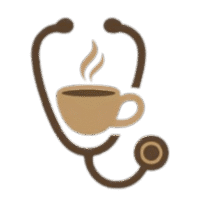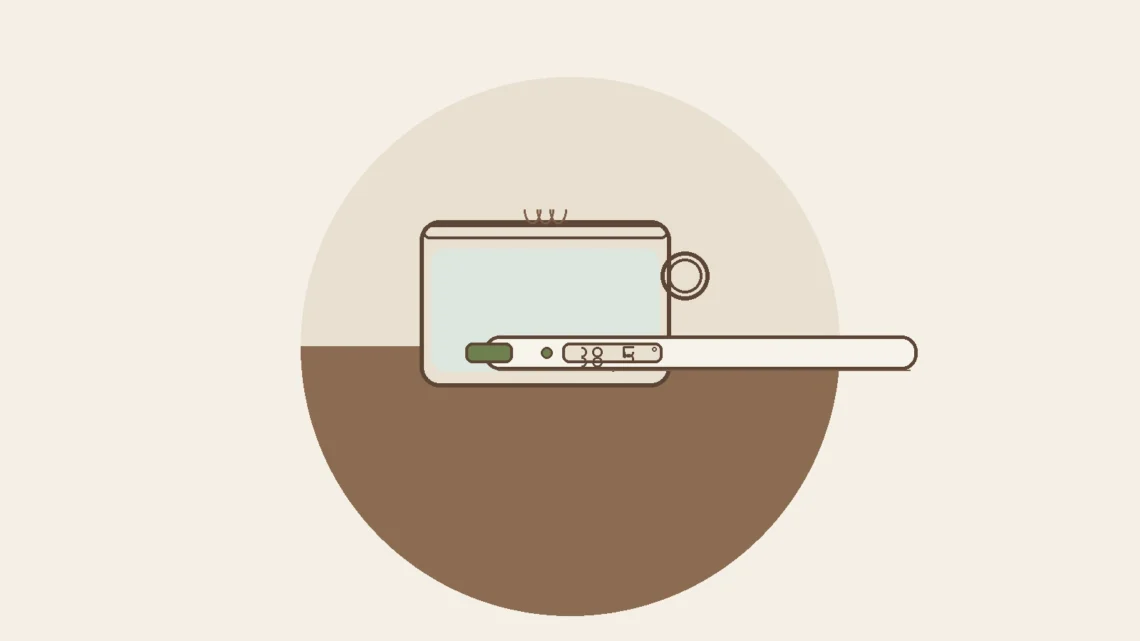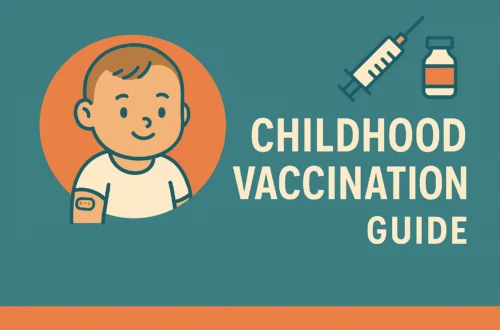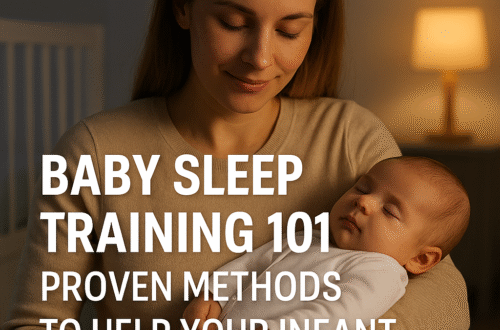Parents hear a lot of Child Fever Myths. Here’s what a fever really means, when to worry, how to keep kids comfortable, and red flags that need care.
A fever is the body’s alarm—not the fire. It’s a sign the immune system is working. This guide tackles common Child Fever Myths with calm, practical tips you can use tonight. Always follow your clinician’s guidance; this is general information, not personal medical advice.
7 Myths—Busted 💥
1) “Any fever is dangerous.”
Fact: Fever is usually helpful—it’s a normal immune response. Fevers from colds or flu are uncomfortable but rarely harmful on their own.
2) “A higher number means a worse illness.”
Fact: The thermometer number doesn’t equal severity. How your child looks and behaves matters more: breathing, hydration, alertness, and comfort.
3) “If medicine doesn’t bring it to normal, something is wrong.”
Fact: The goal is comfort, not a perfect 37°C. Fevers often fall a little with acetaminophen or ibuprofen, then drift up again as the dose wears off.
4) “You must alternate fever medicines.”
Fact: Alternating isn’t required and can confuse dosing. Using one medicine correctly is usually enough—unless a clinician advises otherwise.
5) “Cool baths or ice packs cure fever.”
Fact: Cooling the skin can cause shivering and distress. Focus on fluids, light clothing, and a comfy room.
6) “No appetite means emergency.”
Fact: Sick kids often eat less. What matters is fluids and urine output. Offer small, frequent sips of water, oral rehydration solution, or breast/formula in infants.
7) “Antibiotics cure fever.”
Fact: Most childhood fevers are viral—antibiotics don’t help. A clinician will decide if a bacterial infection is likely before prescribing.
When to Treat the Fever 😌
Treat if your child is uncomfortable, in pain, or not sleeping/drinking well. Use one of the following if not contraindicated:
- Acetaminophen (paracetamol): follow labeled dosing or clinician advice.
- Ibuprofen: for children ≥6 months; follow labeled dosing or clinician advice.
Give by weight when possible and use the dosing device that comes with the medicine.
Home-Care Checklist ✅
- Fluids often; tiny sips count.
- Light clothes; comfortable room temperature.
- Let them rest; don’t force food.
- Re-check temperature only as needed—watch behavior more than numbers.
- Avoid aspirin in children.
- Never exceed labeled doses or double up on ingredients.
Red Flags — Seek Medical Care Now 🚩
- Age under 3 months with any fever (rectal ≥38.0°C)
- Difficulty breathing, blue lips, severe chest/abdominal pain
- Lethargy, unusual irritability, stiff neck, severe headache, seizure
- Signs of dehydration: very dry mouth, no tears, no urine ≥8 hours, sunken eyes
- Rash that spreads quickly or unexplained bruising
- Fever >3 days, or you’re worried for any reason
Helpful Sources 🔗
For reliable background, see the World Health Organization and the American Academy of Pediatrics.
Disclaimer: This article shares general information—not personal medical advice. Always follow your clinician’s guidance and local protocols.





3 Comments on “7 Common Child Fever Myths Parents Believe 🔥👶”